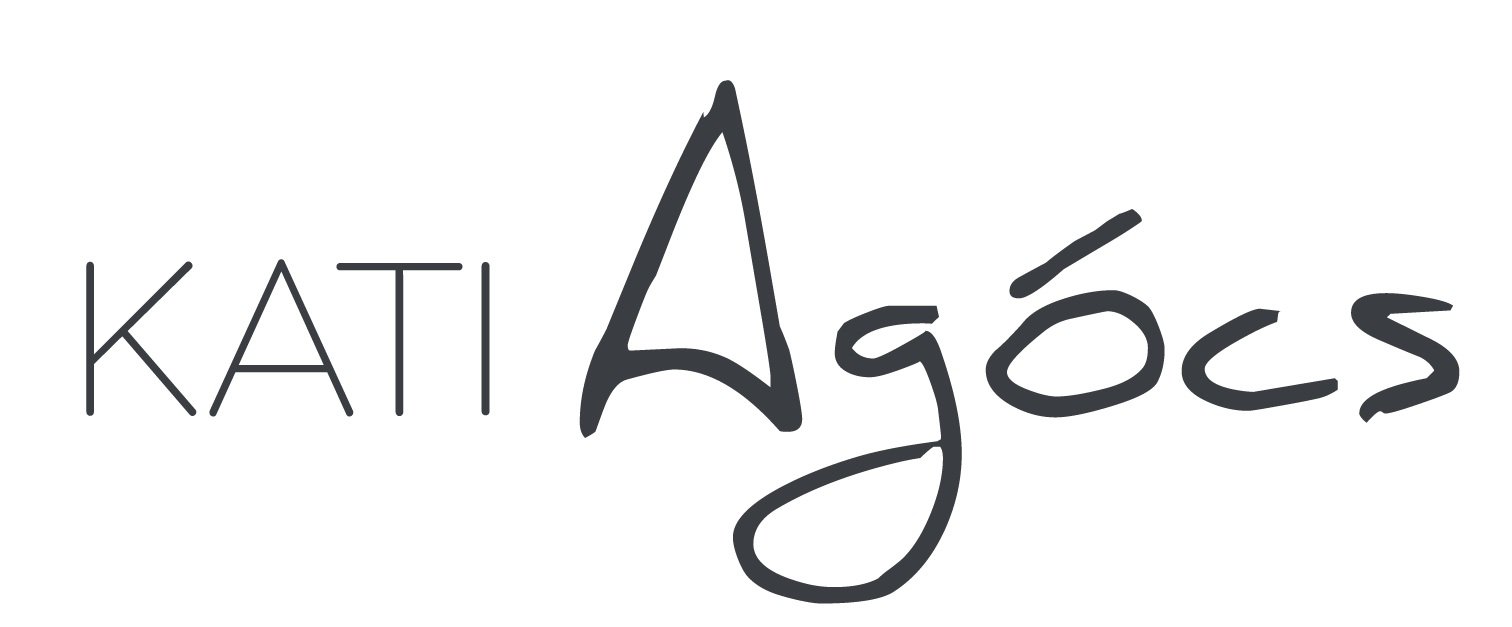COMPOSERS: HOW TO MAKE THE MOST OF DISTANCED COLLABORATIONS
We have all had to adapt in new ways as circumstances have changed over the past year. It’s hard to adjust to having fewer live performances! But during this time period I have enjoyed a number of fruitful collaborations with performers both in person (with distancing) and over virtual platforms, developing new works. I’ve found that there are some unforeseen advantages - - even things that go beyond what was possible in the past.
Here are ten suggestions for composers about how to make the most of distanced collaborations. I’ll address this in two categories (with five tips in each): Performing (or trying out) a new work live with social distancing, and collaborating over Zoom (or any online platform). Distancing requirements vary in different places – so be sure to know what the requirements are where you are located, and follow them wherever you’re playing/rehearsing.
Tips for Live, Socially-Distanced Collaborations
Use the time carefully. Live rehearsal time is often drastically limited now, especially if there are wind players involved. You may need to clear the room and leave it empty for long periods to air out, which limits the actual playing time. Planning out how to use the time in advance, including set-up (taking into account the distancing requirements of the venue) can help you make the most of the time. Make a setup map and share it with those who will be helping during your session. Get there early to help with setup. Plexiglass shields can take time to move and position
Talking through the piece once you are on site (including conducting patterns, dynamics, etc.) may not count as playing time according to the distancing requirements! You’ll have to talk more slowly and clearly to be heard with a mask on, so it helps if what you want to communicate is carefully considered in advance.
Consider using a conductor for small ensembles (trios or quartets, for example - smaller groups that you may not normally use a conductor for). Putting music together with small ensemble can be more like working with a larger conducted ensemble under the distancing rules, when there is less time for internal discussion – if you embrace this, you can get more out of your rehearsals and performances. The music-making can be less spontaneous, but it can also be more precise, which can be helpful to composers.
Schedule one-on-one meetings over Zoom with players to go over their individual parts, to figure out fingerings and answer any questions – this can save rehearsal time and give a better result especially if you are using multiphonics or special string technniques where the player might have to stop a rehearsal to ask what you want.
Include lots of cues --more than you would otherwise. If it’s a vocal piece, put as much of the voice part as you can into the other parts as cues. I like using a smaller ossia staff with cue-sized notes over the main part, which appears only where spacing in the part allows and/or where it is helpful. That way players won’t get confused about what music is their part and what music is the singer’s. All other instrumental cues appear in the normal way (on the same staff as the main part, in cue-sized notes). Players have told me that it’s very helpful to see at least some of the singer’s part.
Tips for Composer-Performer Collaborations over Zoom (or other online platforms)
We all need to be more organized over Zoom than we are when meeting in person. Formulate your own goals for each call in advance.
Be ready to sing (or play) your ideas to the performer during the meeting. If they hear you do the pitches/rhythms, they will be inspired to step up and learn the part.
Because of latency, you have to make a special effort to listen to the other person (or people); there can’t always be a natural flow. Practice staying quiet and letting people chime in, and don’t be afraid of empty space.
Taking time zones into account when scheduling between different locations, figure out what the best times in the day are for you to be productive, and what your limits are in terms of fatigue. Zoom can be more tiring than meeting in person. Don’t over-schedule if you can help it.
Sometimes players would rather make a recording of a section or effect for you by themselves rather than demonstrating over Zoom. They might feel less “on the spot”. If a player seems unwilling to do something for you in real time, ask them to make a rough recording on their cell phone later that day and email it to you.
As with so many other things during this pandemic, be prepared to adjust your expectations in the moment and allow the collaboration to become something that you didn’t expect. I have noticed that the quality of the music-making has an urgency that was not there previously – perhaps this might add an extra layer of depth to the interpretation of our works. Happy collaborating!
